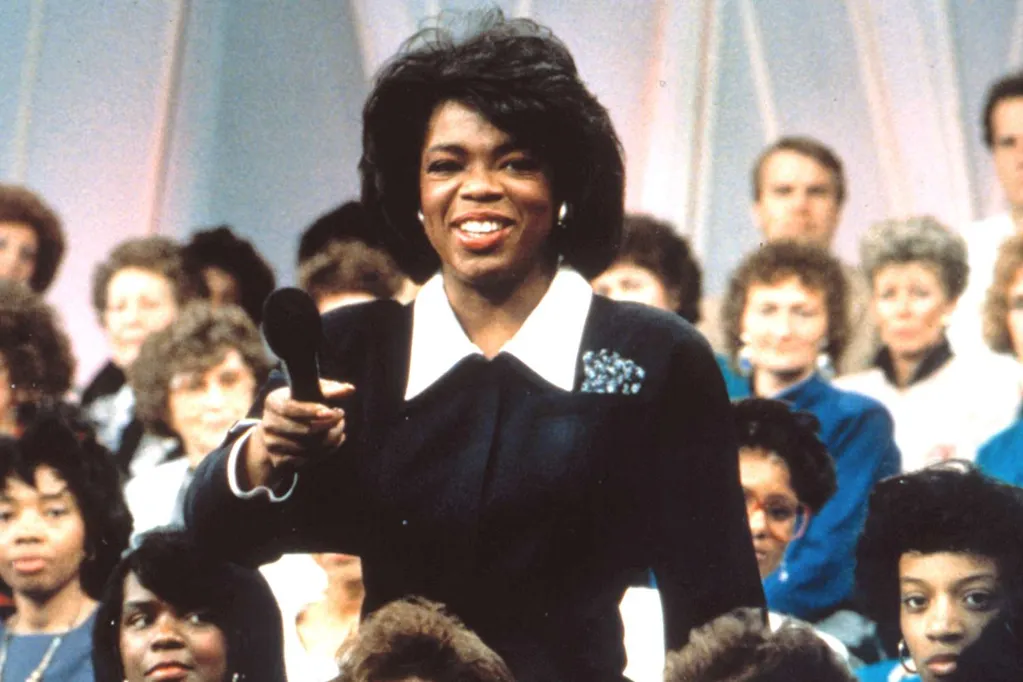Oprah Winfrey has one of the most singular careers in the history of everything. She ruled daytime TV for decades with her top-rated talk show. She scored an Oscar nomination for her film debut in the 1985 classic The Color Purple. She built a multi-billion-dollar entertainment empire from the ground up, launching her own magazine and two cable channels and helping to turn a succession of unknown authors into literary superstars.
But Oprah wasn't always the successful Oprah we've seen over the past four decades. In the beginning, she was a fledgeling TV reporter who was in way over her head. The broadcast legend takes a look back at her humble beginnings in the new HBO documentary Seen & Heard, which explores the twisty trajectory of Black talent on television, from the 1950s up to the present.
Executive-produced by Issa Rae, the two-part documentary features Black VIPs like Debbie Allen, Tyler Perry, Tracee Ellis Ross and Winfrey reflecting on their journeys.
"I started working in TV when I was 19 years old," Winfrey, 71, says in the first episode. "I was a general assignment reporter, so that means whatever is happening, you're out there, in general, covering it. And I was not happy being a news reporter because I felt that it was exploiting people every day, telling the worst of what was happening, and it didn't feel good for me."
Winfrey came up with a ploy that worked for her but didn't really fly with the powers that be. "So if I was covering a story, and Black people were involved, I would try to make sure that the image that was being shown of that person was something that was going to reflect us in a light that was not negative," she explains. "That's why I was not a good reporter and eventually was eliminated from that job."
"I'd been fired off of the evening news, and they didn't want to pay out my contract, so I was put on the talk show to kind of get rid of me," she continues.
Unexpectedly, a star was born. The rest is daytime TV history. "And it turned out to be the thing that actually was my coming home to myself," Winfrey says. "I was just trying to let people see a woman feeling, a woman human, a woman Black."
Several years, several local talk shows, and one relocation from Baltimore to Chicago later, The Oprah Winfrey Show debuted nationally in 1986, the year after her profile rose significantly from her acclaimed turn in director Steven Spielberg's The Color Purple. By the end of the '80s, Winfrey was the most popular talk show host on daytime TV, having grabbed the crown from the legendary Phil Donahue.
In Seen & Heard, Winfrey recounts an interaction with a fan that made her feel that she had truly arrived: "I received a letter from a woman in Ann Arbor, Mich., and she said, 'Oprah, watching you be yourself every day makes me want to be more of myself.' That is one of the greatest things I've ever heard about myself. I could put that on my tombstone: 'Watching you be yourself every day makes me want to be more of myself.' "
